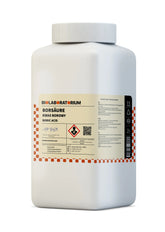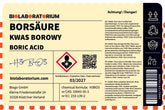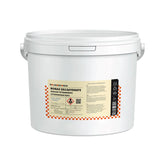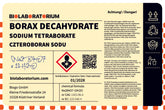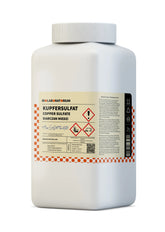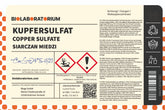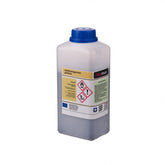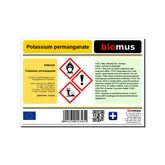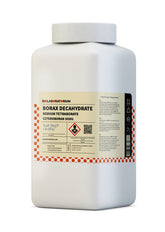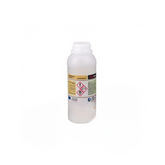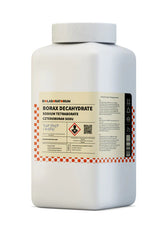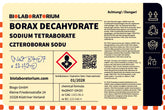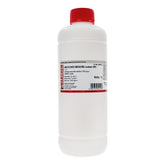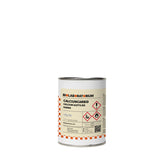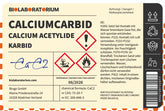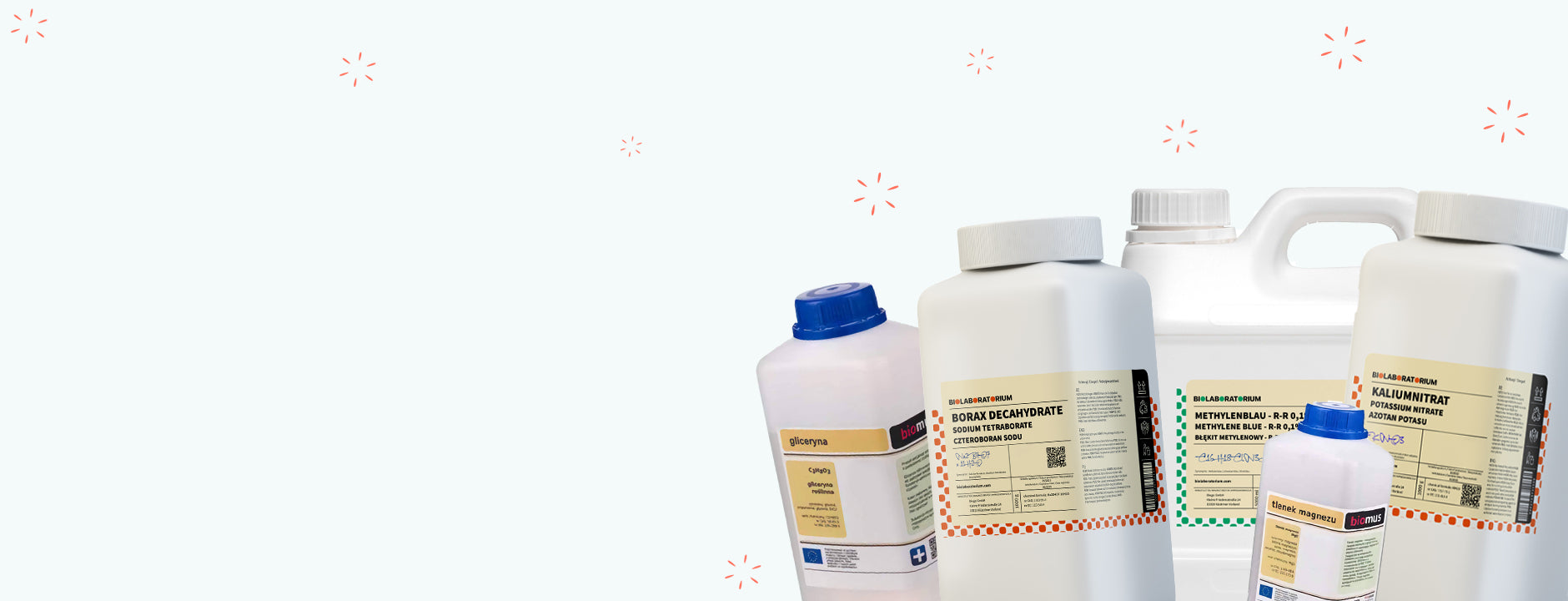Propionic acid: Chemical properties and safe application
Propionic acid, also known as propanoic acid, is an important carboxylic acid with diverse applications in industry and household. As a doubly unsaturated fatty acid with the molecular formula CH3CH2COOH, it is widely used as a preservative, feed additive, and in chemical synthesis. In this article, we take a closer look at the chemical properties of propionic acid as well as aspects of safe handling and storage.
Chemical properties of propionic acid
Propionic acid is a colorless, pungent-smelling liquid that is volatile at room temperature. With a boiling point of 141°C and a melting point of -21°C, it belongs to the short-chain carboxylic acids. Its density is 0.99 g/cm³ at 20°C.
As a carboxylic acid, propionic acid has a polar carboxyl group (-COOH), which is responsible for many of its chemical properties. It is well soluble in water and partially dissociates there into protons (H+) and propionate ions (CH3CH2COO-). Therefore, the pH of aqueous propionic acid solutions lies in the acidic range.
Propionic acid is a moderately strong acid with a pKa value of 4.87. It reacts with bases such as sodium hydroxide or potassium hydroxide to form the corresponding propionate salts. In the presence of oxygen, propionic acid can also be oxidized to carbon dioxide and water.
Applications of propionic acid
The versatile chemical properties of propionic acid make it a valuable raw material in numerous industrial sectors:
Food preservation
Due to its antimicrobial effect, propionic acid is widely used as a preservative in food. Especially in baked goods, cheese, and animal feed, it prevents the growth of molds and bacteria.
Pharmaceutical industry
In the pharmaceutical industry, propionic acid serves as a starting material for the production of various medications, including propranolol, a well-known beta-blocker used to treat cardiovascular diseases.
Chemical synthesis
As a reactive carboxylic acid, propionic acid can be used in many organic chemical syntheses. For example, it serves as a building block for the production of esters, amides, and other derivatives.
Further Applications
In addition, propionic acid is used as a component in defoamer formulations, lubricants, refrigerants, and antifreeze agents.
Safe handling of propionic acid
Although propionic acid is considered relatively harmless in most applications, some safety aspects must be observed when handling it:
Health hazards
Propionic acid is irritating to the skin, eyes, and respiratory tract. Contact or inhalation can cause burns and inflammation. Therefore, wearing protective equipment such as gloves, safety goggles, and protective clothing is essential when handling the acid.
Fire hazard
Propionic acid is highly flammable. Open flames, sparks, and strong heat exposure must therefore be strictly avoided. Storage should be in a well-ventilated, cool, and dry environment.
Environmental aspects
Due to its water hazard class 1, propionic acid should be handled carefully and spills should be cleaned up immediately. Disposal must be carried out in accordance with the applicable regulations for hazardous waste.
Conclusion
Propionic acid is a versatile carboxylic acid with numerous applications in industry and household. Its antimicrobial effect makes it especially valuable as a preservative. At the same time, handling the slightly volatile and flammable acid requires special precautions to protect people and the environment. However, with the right safety measures, propionic acid can be used safely and efficiently in many areas.

